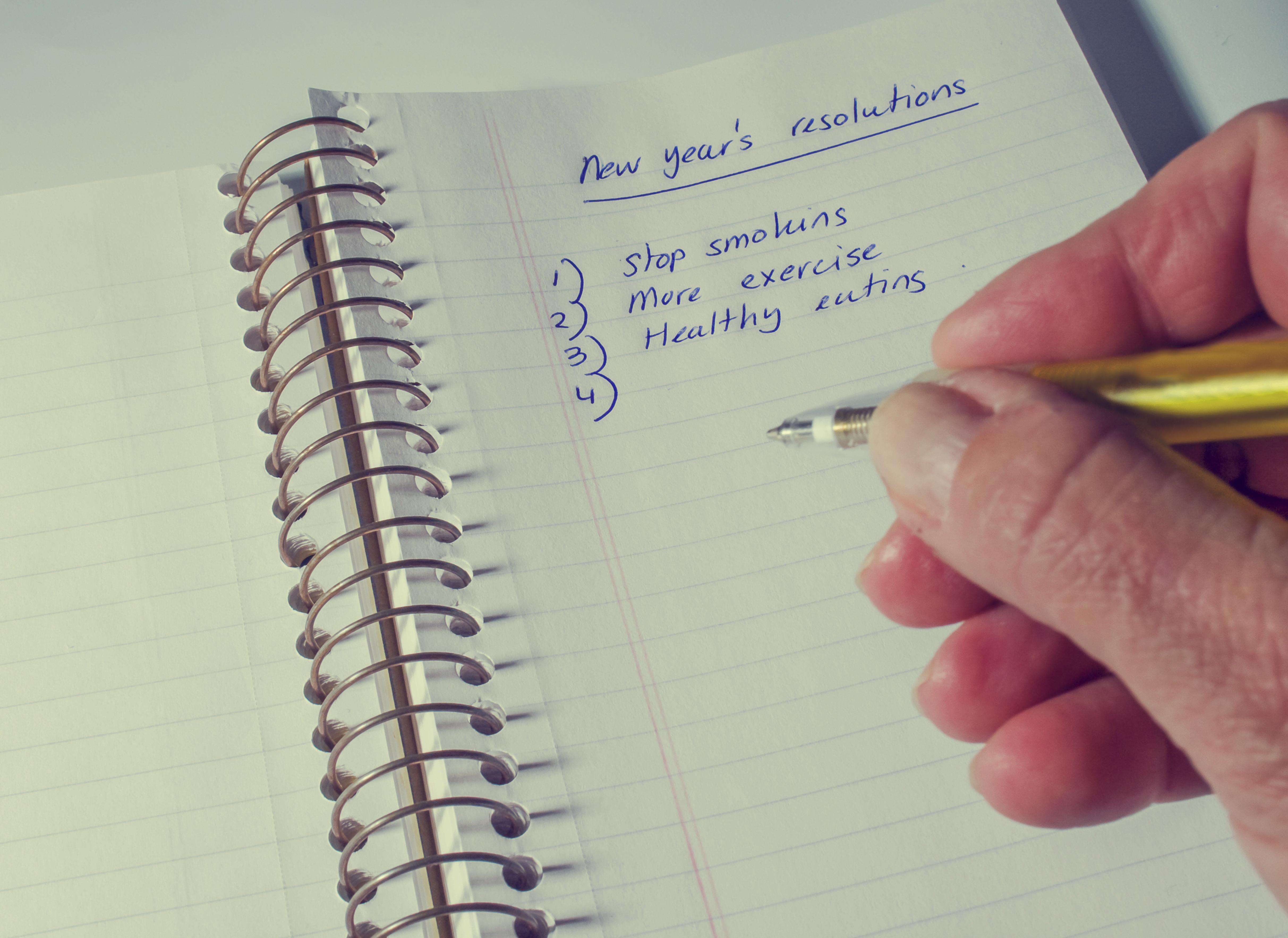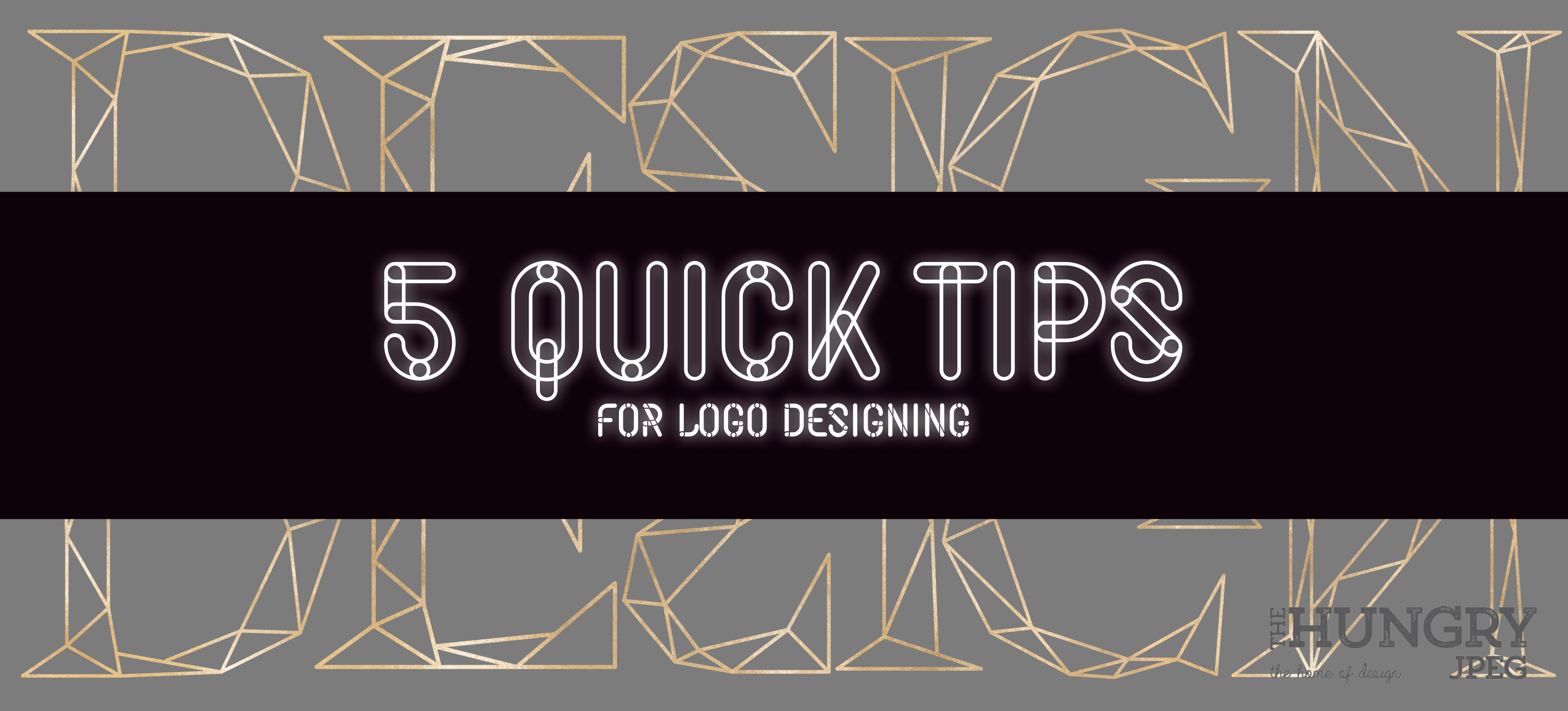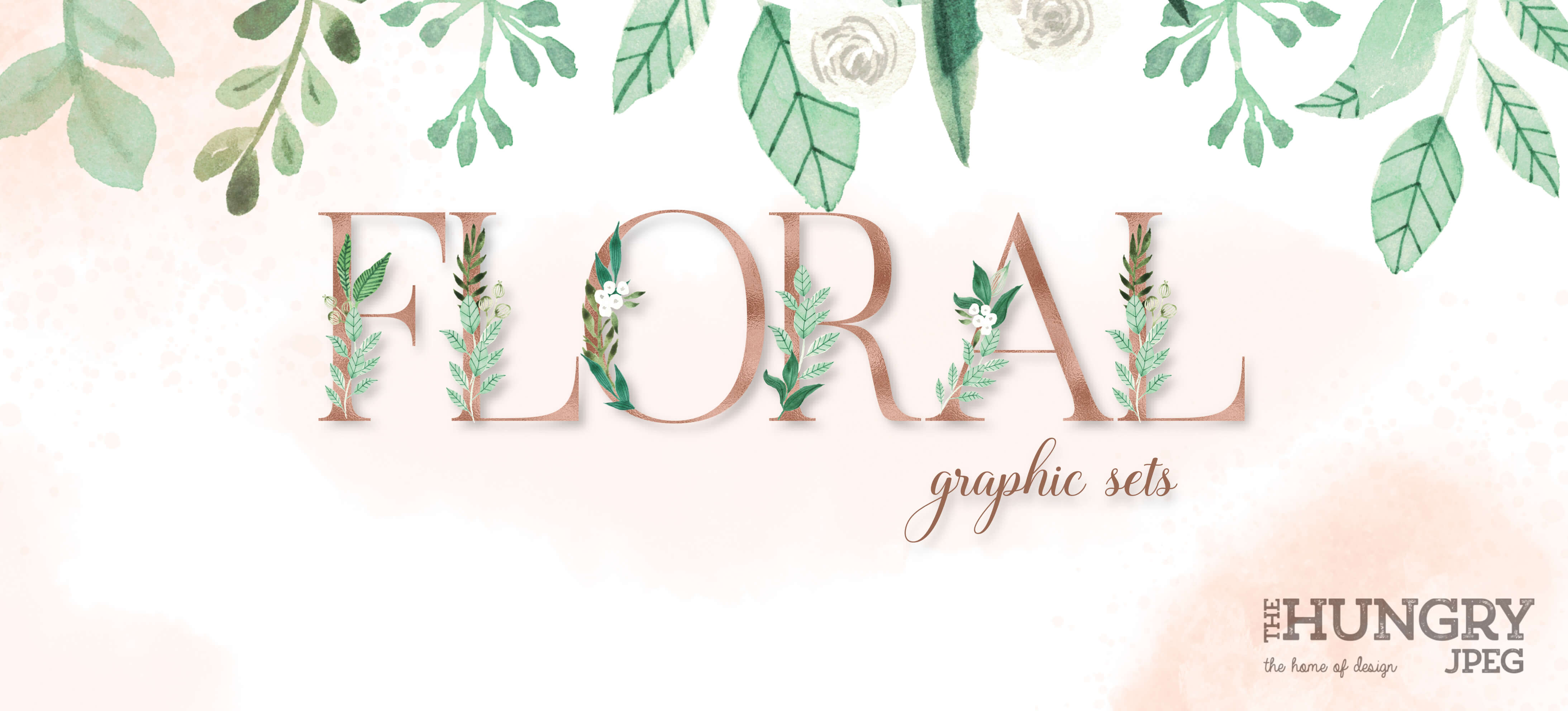Our Guide to Having the Best Year of Designing
So, you want to make resolutions…
For designers, a new year means a new and changed you to achieve a better life overall, particularly in the career aspect. Whether it’s adopting new habits, attaining body goals, or striving for an achievement, it’s all about making resolutions to stick to throughout in hopes for a more rewarding and better year than the previous one.
The problem for most of us is keeping that determination to persist with those promises made to yourself in the beginning of the year. Many people abandon their resolutions within weeks, sometimes even days, of them starting the new year. Unfortunately, only about 8% of Americans fulfill their resolution goals.
Do not despair. Our guide to having the best year for your designing career is a tangible start to ensuring that your resolutions stay intact with you for the rest of 2019.
- The Power of Intention
Why do you want to have a resolution for the year? What is the outcome that you wish to achieve? Are you doing this for the betterment of yourself and your career?
It is important to ask these kinds of questions before writing it down with a pen and paper a list of things you want to achieve for the year. It is also more than just a list to have, but to actually embed it in your head, to share with your family and friends, and to put into action.
The primary intention of having these goals is what’s important in attempting to attain them. By asking yourself these questions, you’re able to narrow down your choices and pick out the right resolution for yourself. With the right resolutions set in mind, you’ll feel much more confident in being able to achieve them.
Remember to be specific with your choices. Having a vague resolution like, “Lose weight this year,” or “Be kind to others,” isn’t going to get you anywhere. Your goals should be measurable and attainable. Rather than saying, “Lose weight this year,” set a numerical goal of the target weight that you want to achieve or something to work toward to like, “Complete a 10K marathon before the end of October.” Log your activity with an app or in a diary to track your behavior and reinforce your progress. With a goal that’s feasible, it keeps your resolution relevant to your life throughout the year and it doesn’t leave you frustrated.
2. Positivity >> Negativity
The world can be full of negative things, but it’s the way that you tackle them that makes you who you really are. That is why it is important to stay positive past the challenges in your life as it will define who you are as a person.
It is not about naively digging your head in the sand or closing both eyes and ears to all the warning signs of negative situations that you encounter. Positive thinking means to look at every situation from a positive angle.
As a designer, it can be overwhelming thinking about all the tasks, projects, and assignments that continues to pile on your desk every day. Instead of dodging your responsibilities or feeling intimidated, it is time to wear an optimistic attitude to challenges thrown in your direction. A positive mindset provides many psychological, mental, social, and health benefits to a person. Thus, research has shown that positivity leads to happier people, who are more successful.
So, instead of dragging yourself out of bed and dreading the start of your day, wake up on a positive note. Perhaps practicing some mindfulness or meditation exercises can be a helpful way to reinforce your thinking about how great life can be and things that you should be grateful for that you usually take for granted. Hang out with people, who resonate positive energy. Exercise regularly to keep the positive chemicals flowing in your bloodstream. Keep a daily gratitude journal to track down the blessings that you have in your life.
A positive mindset leads to positive actions and eventually, a positive outcome in life. It’ll show in the product of your artwork designs.
3. Explore More
Traveling abroad is a great experience. Ask anyone who has recently gotten back from a trip abroad how their trip went and chances are that they had a great time traveling, which is why it is becoming more popular amongst young millenials.
It is the best kind of learning experience any designer could ever ask for because it puts you in a situation that forces you to step out of your comfort zone. Imagine being thrown into a foreign place where you don’t recognize a single face, you’re unable to comprehend what the locals are saying, and your taste buds are shocked with exotic flavors. Designers will learn to adapt and become self-aware as traveling widens your horizon past the cultural norm that you’re usually exposed to.
Traveling gives a new change in your design perspective when you notice the distinctions in the designs of cars, clothing, buildings, street lights, sign boards, toilets — common items that you recognize because it sort of looks the same but also very different. Then, there are those general objects that are designed so universally that no matter where you go in the world, it will always remain consistent. The differences and similarities that you notice can expand your creativity in discovering different approaches to reach your target audience.
Take the time off — maybe a week or so — from your accumulated PTO and put it to good use by planning a trip to somewhere you’ve never been, or probably never even heard of! The knowledge you attain abroad will be priceless and applicable throughout the rest of your career life.
Caution: Traveling can be addictive. Be ready to catch the travel bug. Don’t say we didn’t warn you!
4. Maintain a healthy work-life balance
To stay creative, maintaining a work-life balance is key. The typical 9-5 working hours does not really apply to designers depending on the location or company that you work for. Many designers typically spend a lot of hours on building their freelancing career aside from their day-to-day job. Between deadlines, assignments, freelance work, and projects, a designer’s life is pretty much very hectic!
Overworking has become the norm in the design industry that working long hours has been widely accepted. However, research has shown that no matter what line of work you’re in, excessive working does not lead to a rise in productivity in workers. Working past the standard 40-hours a week does not reap the best creative benefits of a designer and those who maintain a 40-hour a week standard produce higher quality work than their counterparts who work overtime.
Take charge of your working hours. Free up some time from your hectic schedule to spend time with others, pick up a new hobby, or to clear your mind to make space for new ideas to arise.
5. Evolve
Things in life are always changing and nothing remains constant –.trends, styles, music, fashion, people, ideas, seasons, culture, and so on.
With new technology playing a pivotal role and is ever-changing in the design world, designers are required to evolve together with it. Understanding the new mediums and tools that are being developed is important in keeping our designs relatable to our society. It requires an open mind to be willing try new things, pick up new skills, and learning about new tools in design for your designs to grow alongside these new inventions. You must be comfortable and come to terms with the changes around you.
Designing is more than having the creative ability, but to become a problem solver as well. The more adaptable and flexible you are to change, your understanding of people and settings will be more applicable in putting the pieces together to into a finished product. You’ll be able to communicate your ideas clearly to your audience and remain relevant to the trends of our time.




